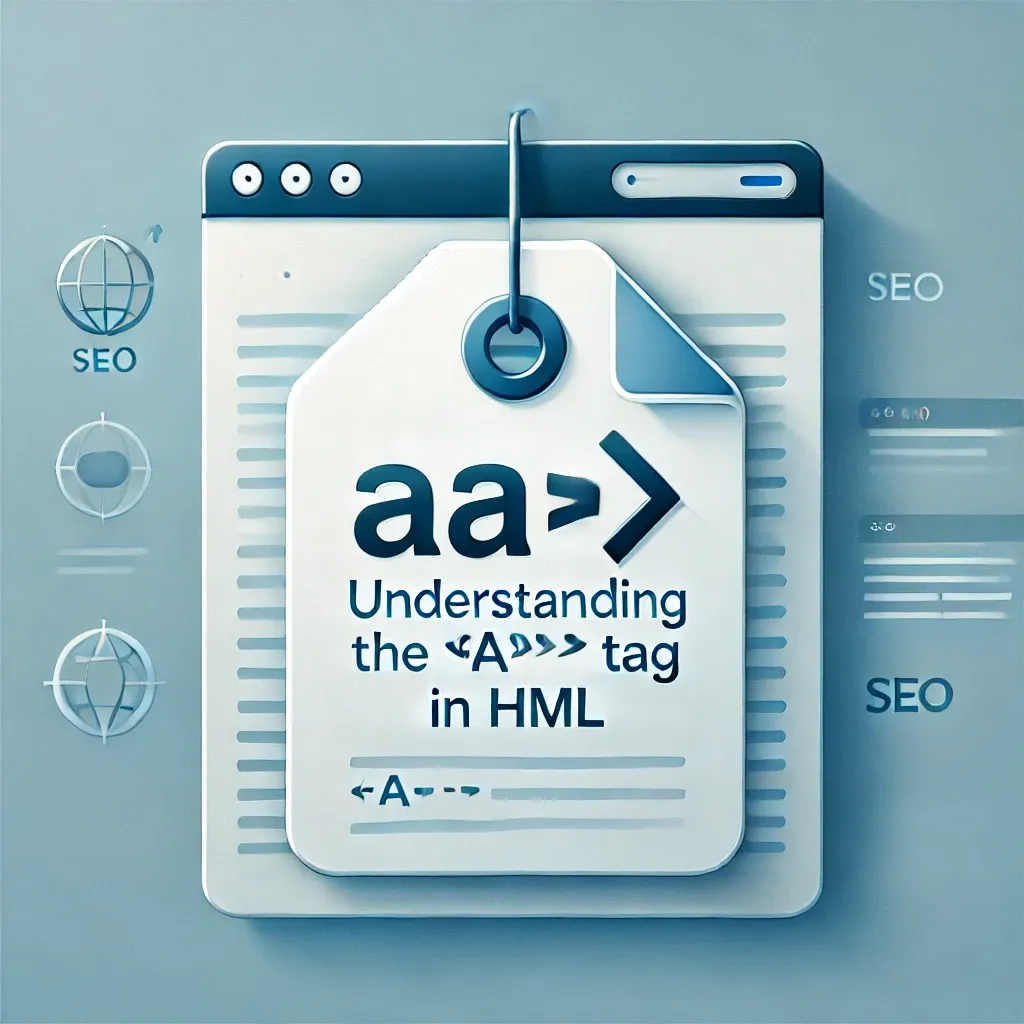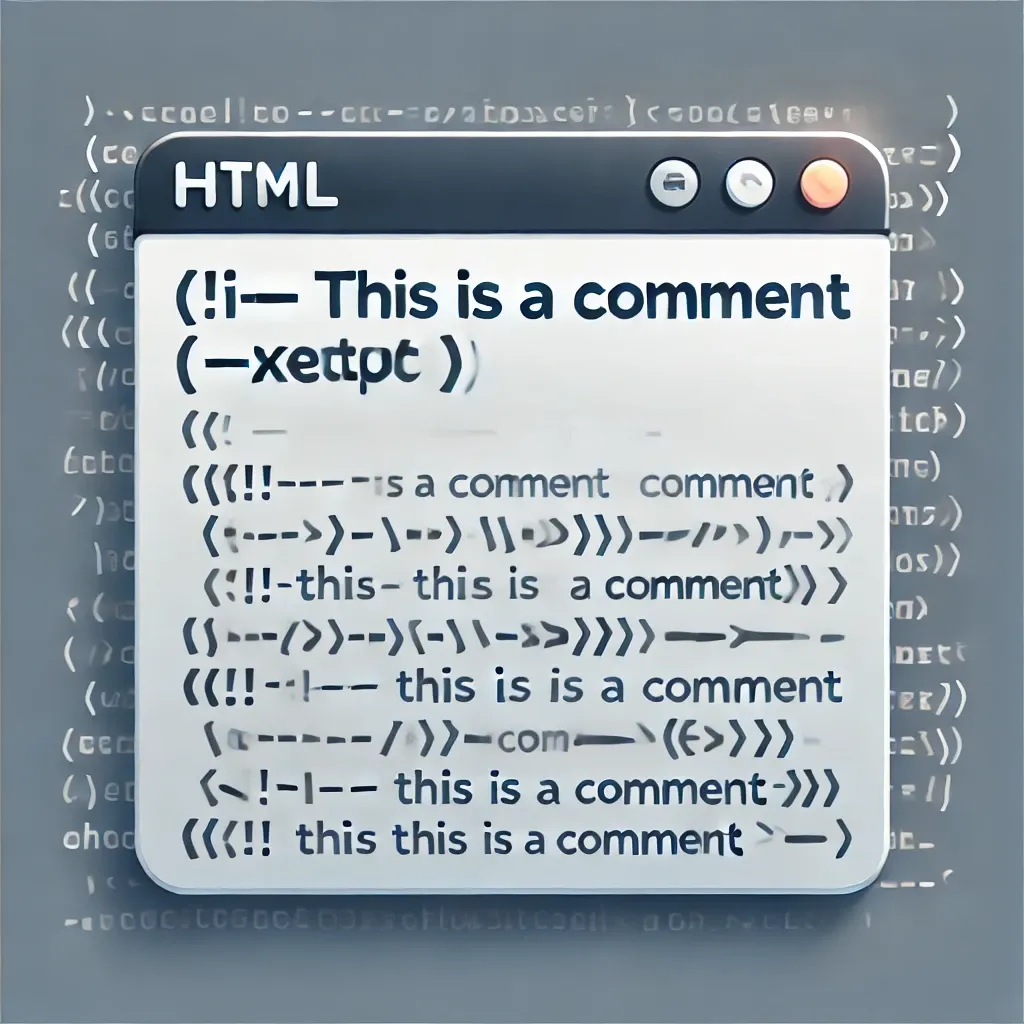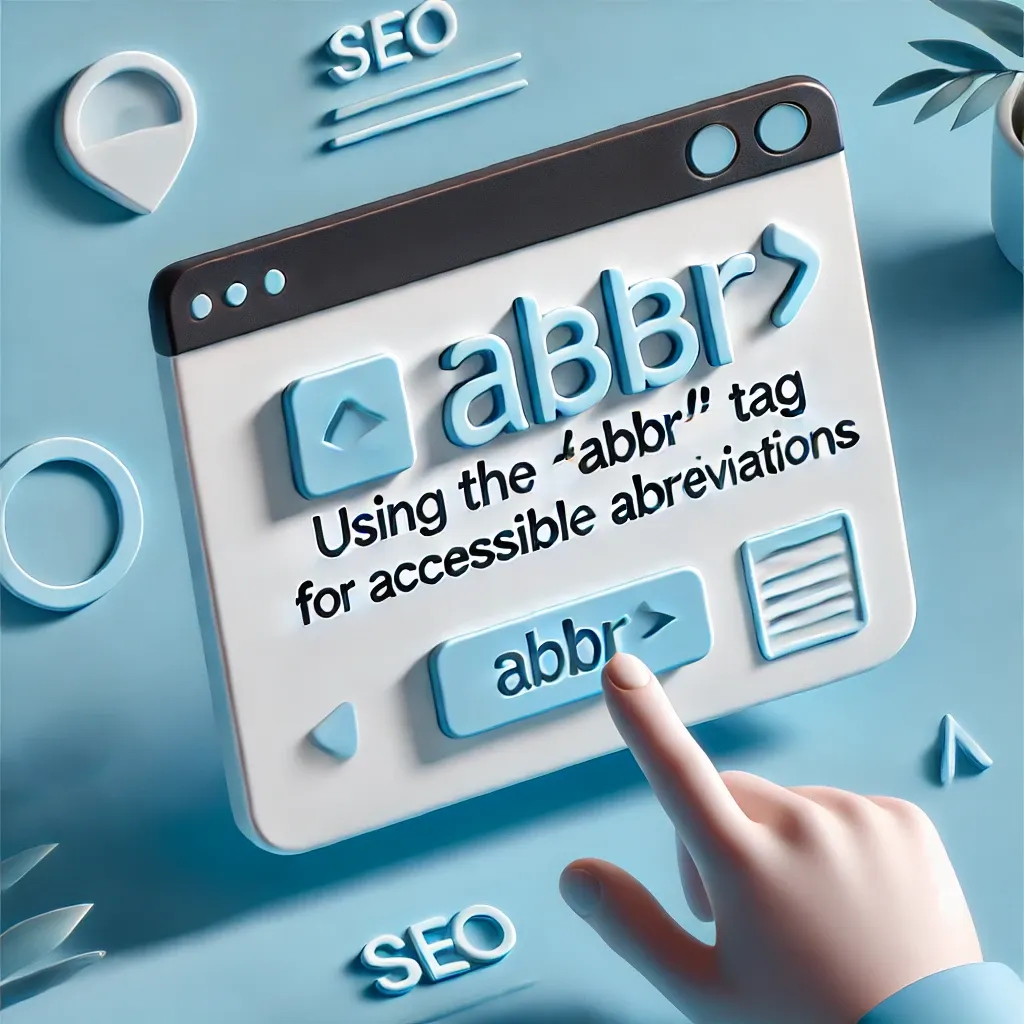
What is the <a> Tag?
The <a> HTML tag, also known as the anchor tag, is used to create hyperlinks in web pages. These links can direct users to different sections of the same page, external websites, or files, enhancing the navigation experience.
Basic Syntax of the <a> Tag
<a href="https://webifydev.in">Visit Example</a>
In this example, href is an attribute that holds the URL to which the link points. The text between the opening and closing <a> tags, "Visit Example," is the clickable text that users see.
Attributes of the <a> Tag
href: Specifies the URL for the hyperlink. This is the main attribute required for the<a>tag to function as a link.target: Controls where to open the link. Common values include_self(default) to open in the same tab and_blankto open in a new tab.rel: Used for SEO and security purposes. For example,rel="nofollow"can signal search engines not to follow the link, andrel="noopener"prevents potential security risks.title: Provides additional information about the link when users hover over it. This can enhance accessibility and give users more context.
Using the rel Attribute for SEO
The rel attribute in the <a> tag plays a crucial role in SEO. For example:
rel="nofollow": Tells search engines not to follow the link, commonly used for external links that may not be trustworthy.rel="noopener noreferrer": Recommended for external links, especially when usingtarget="_blank"to prevent security issues.
Best Practices for Accessible and SEO-Friendly Links
- Use Descriptive Link Text: Instead of "click here," use text that describes the link’s purpose, such as "Learn more about HTML tags."
- Add a
titleAttribute: Provide additional context for screen readers and users, especially for non-descriptive links. - Consider the User Experience: Ensure links open in a logical way; for instance, external links often open in a new tab, but internal links stay in the same tab.
Conclusion
The <a> tag is a powerful tool for navigation and SEO when used effectively. By optimizing your links with the right attributes and descriptive text, you can enhance both user experience and search engine visibility.







0 Comments